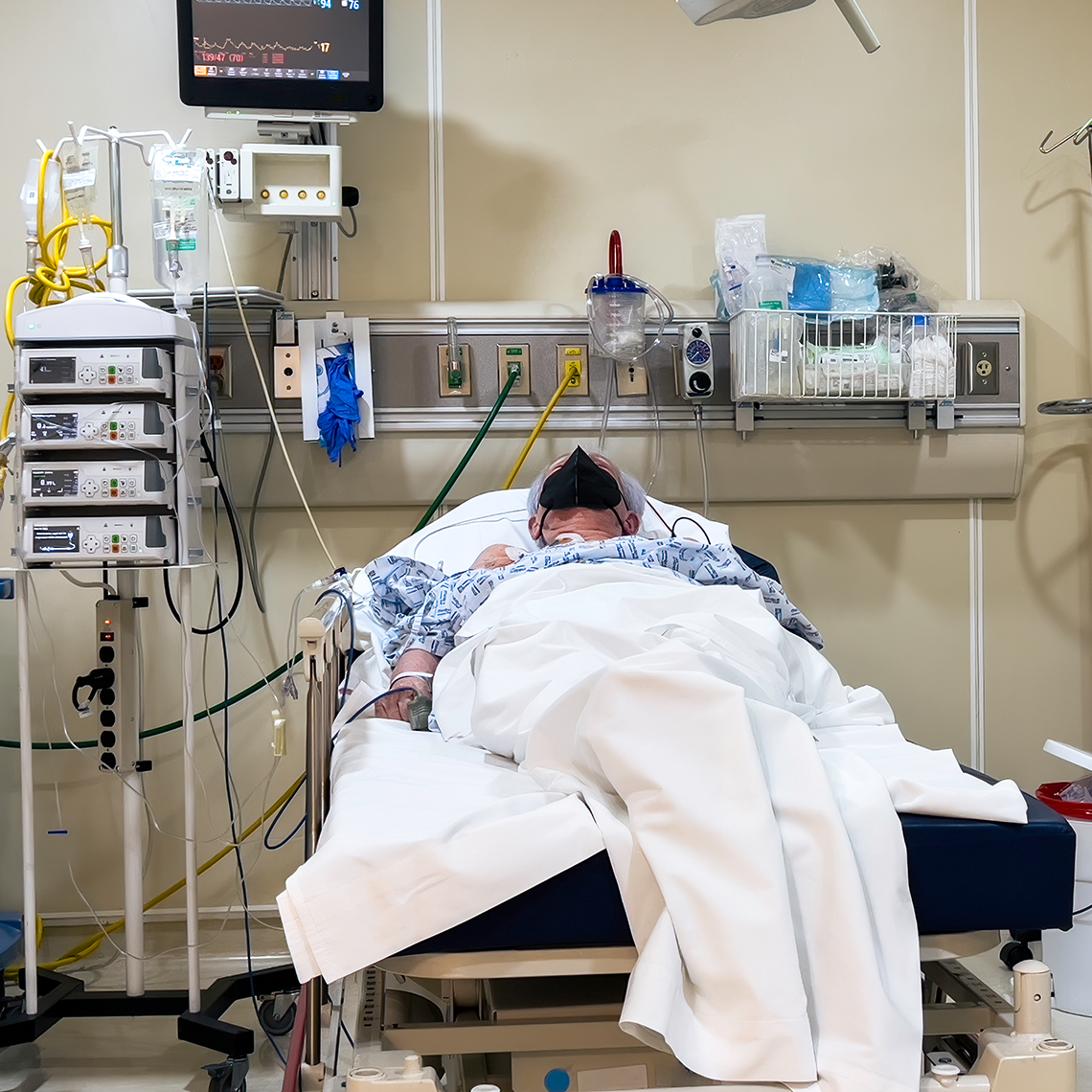Case Study
A Mismanaged Virtual Visit

Description
A 13-year-old who underwent an exam via telemedicine for a finger abscess later required amputation.
Key Lessons
- A thorough assessment is needed prior to making recommendations for the plan of care.
- Convert to an in-person visit when technical problems or the need for a physical assessment compromise a virtual visit.
- Ensure that the patient (and family) understands and can repeat back your discharge instructions.
Clinical Sequence
Day 1: A 13-year-old female with a history of chronic dermatitis presented to urgent care with right index finger pain, redness, swelling, and rash for three days. She denied trauma to the area. She was diagnosed with cellulitis, prescribed Bactrim and a NSAID, and sent home.
Day 2: The patient presented to the Emergency Department (ED) with no improvement. ED Physician “A” added Benadryl and prednisone for a suspected “underlying vector bite” and discharged the patient.
Day 4: The patient was examined by a nurse practitioner (NP) at her primary care office. The NP instructed the patient to continue the Bactrim and NSAID and scheduled a one-week virtual telehealth follow-up visit.
Day 5: The patient returned to the ED. Her X-ray did not show osteomyelitis or a foreign body. ED Physician “B” supervised a resident who incised and drained a “simple” finger abscess. The patient was discharged with a prescription for Keflex and instructions to continue Bactrim. She was told to return to the ED if her symptoms worsen, and to be examined by her pediatrician in two days.
Day 11: The patient’s mother waited four days to fill the Keflex prescription; the patient was not evaluated in the pediatrician’s office prior to her scheduled telehealth visit. During this virtual visit, the NP instructed the patient to continue with the medication but did not ask the patient to unwrap her bandage for examination. The NP documented that the visit was cut short due to technical difficulties.
Day 24: The patient returned to the pediatrician’s office after antibiotics were completed. Upon examination of the patient’s finger—which continued to have purulent drainage—the pediatrician diagnosed the patient with osteomyelitis and referred her to a hand surgeon.
The surgeon diagnosed osteonecrosis; X-rays showed distal fractures and subluxation of the distal joint. As the infection had now spread through the entire finger, the surgeon advised for amputation.
The surgery was completed without complication and the patient was able to return to playing sports. She required counseling for emotional trauma.
Allegation
A claim was brought forth against the pediatrics team for a delay in diagnosis of osteomyelitis resulting in osteonecrosis and amputation of the finger.
Disposition
The case was settled in the low range (<$100,000).
Analysis
Clinical Judgment: Patient Assessment Issues
A critical purpose of the virtual visit was to be sure the patient’s finger was draining and healing properly. The NP failed to have the patient unwrap her finger for visual assessment. The NP did not provide specific recommendations for follow up, other than to continue taking her antibiotics as prescribed.
Best Practice/Recommendations: Preparing for any visit by reviewing the patient’s record and understanding why they are there is important. For a virtual visit, this review helps guide decisions about converting to an in-person appointment. For example, requesting that the patient come in to the office would be appropriate if a wound could not be assessed virtually.
Telemedicine
The NP experienced technical difficulties during the telehealth follow-up visit.
Best Practice/Recommendations: Anticipate barriers to telemedicine visits and have a plan for overcoming them (including quick rescheduling to an in-person appointment). Challenges with technology should not compromise clinical decision making. Convert to an in-person visit if there are technical problems or if physical assessment cannot be done remotely.
Patient Education: Follow up instructions
The patient’s mother did not fill the antibiotic prescription for four days and did not make a follow-up appointment for two days post discharge from the ED.
Best Practice/Recommendations: Patients and their families who fully understand the discharge instructions are better partners in the care plan. Strategies to enhance patient education regarding discharge and follow-up instructions include:
- Keep education patient-centered
- Provide handouts and highlight important instructions (e.g., medication and follow up)
- Teach-back method: ask them to repeat information back to you
- Keep it brief, allow for questions
Send records or a note to the primary care provider’s office to update them about ED or specialty visits; send prescription to the patient’s pharmacy electronically.
This is a fictitious case that illustrates commonly encountered issues and is for educational purposes only. Any resemblance to real persons, living or dead, is purely coincidental.
See More MPL Cases
Medication Mix-up Contributes to Patient’s Death


Incidental Does Not Mean Insignificant

When Test Results Go Unspoken

